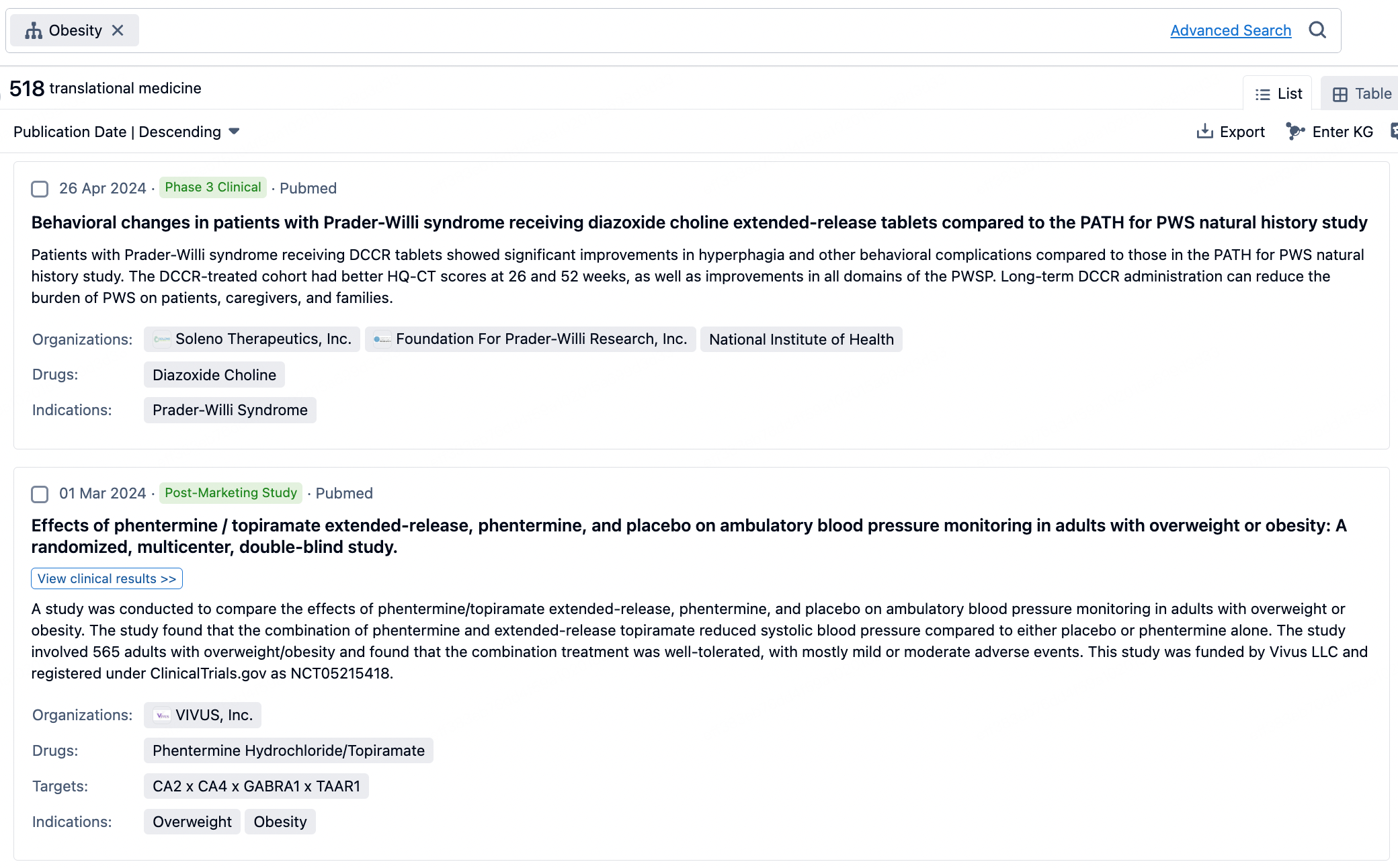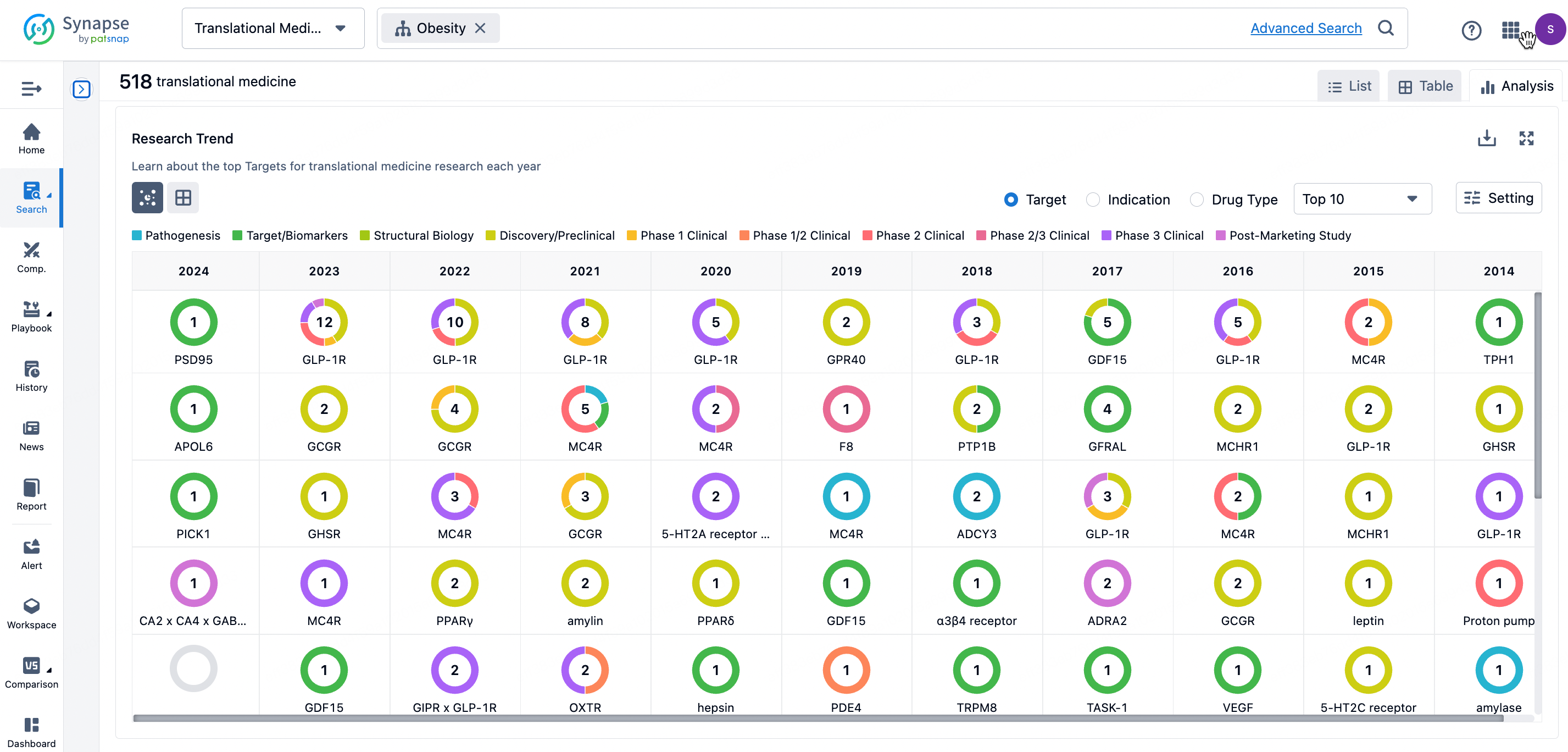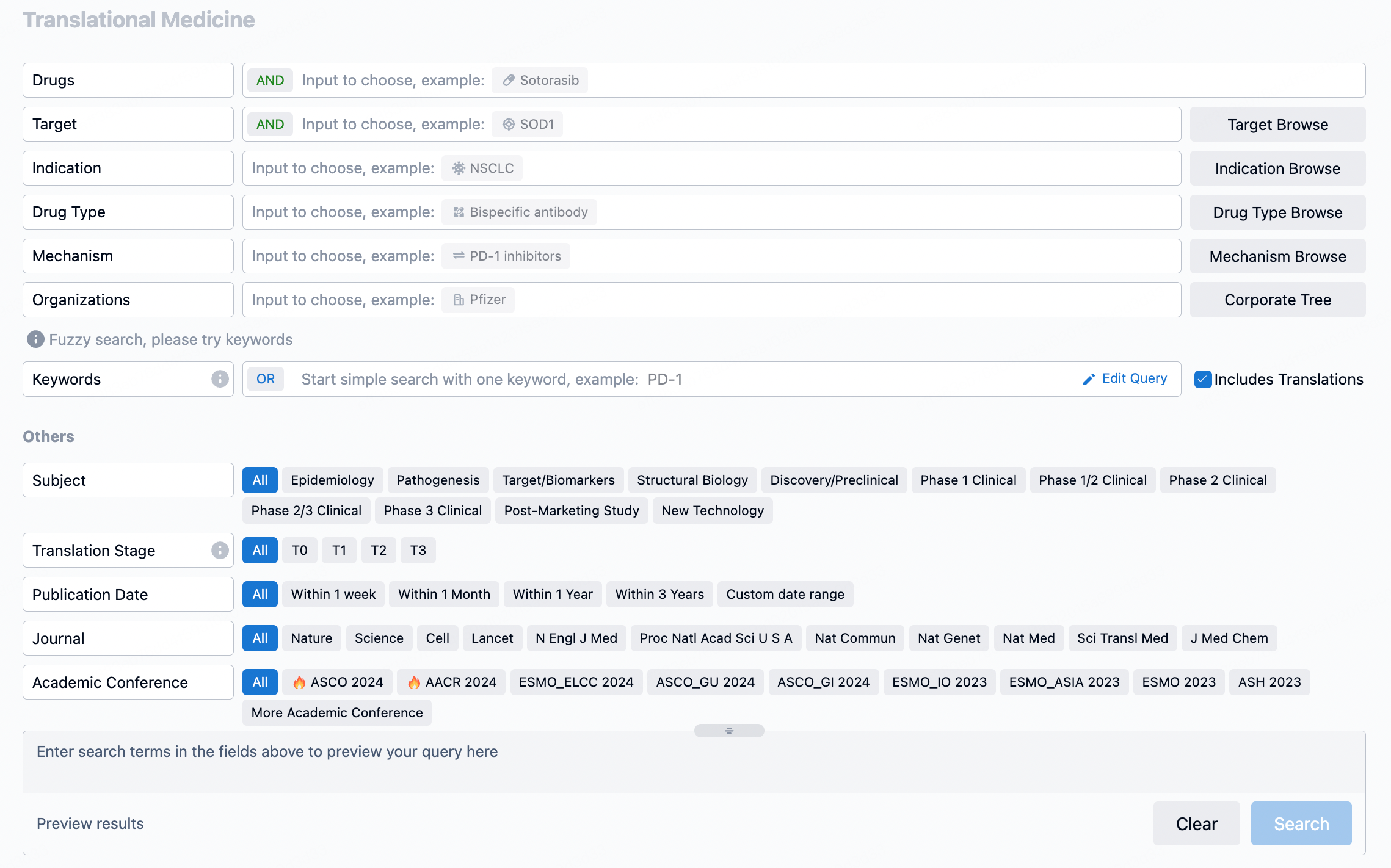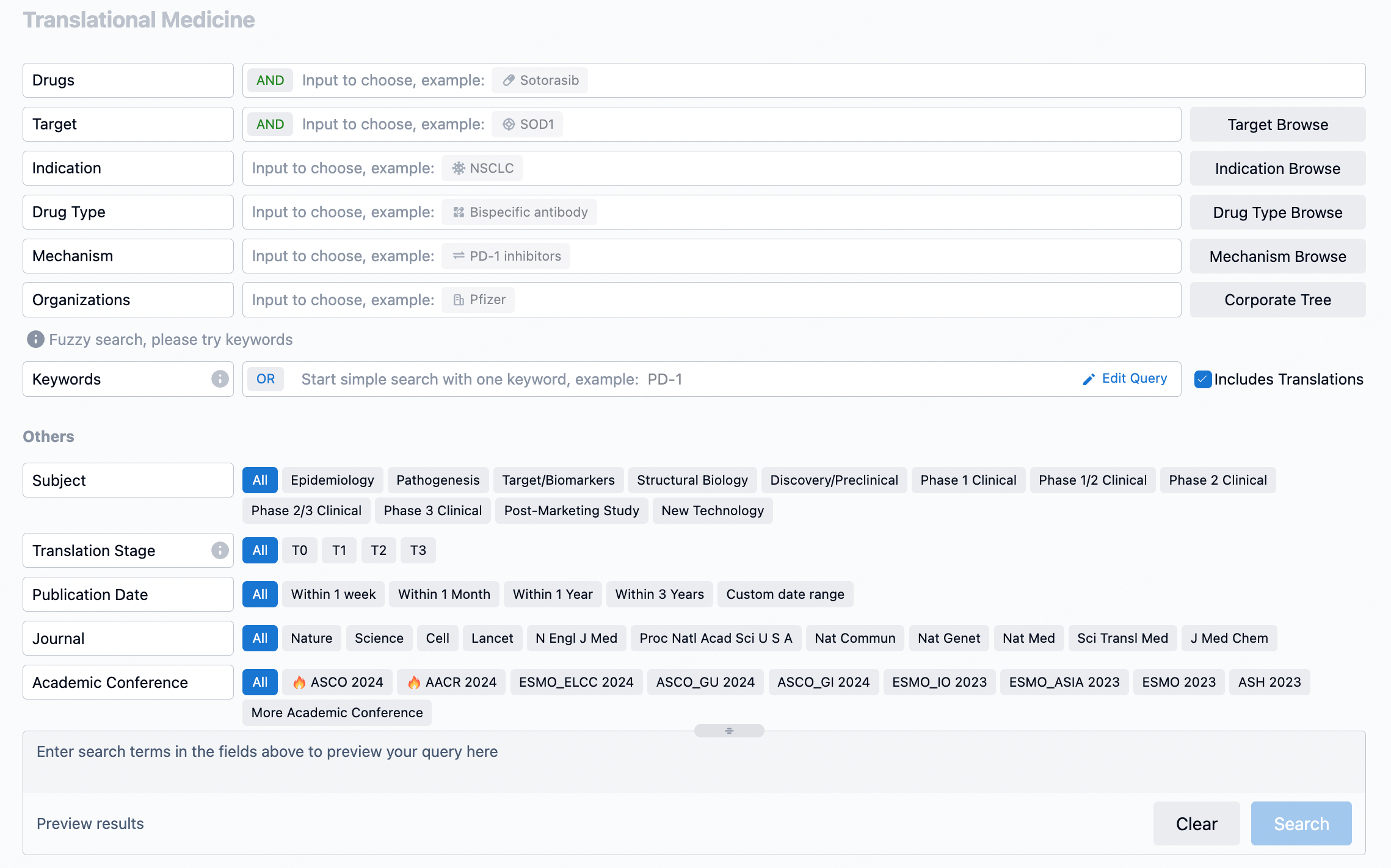Enhancing Tumor-Immune Response with Combined IL-12 Gene Therapy and CXCL9 Intratumoral Electroporation
Given the role of the IFN-γ/CXCL9/CXCR3 pathway in enhancing sensitivity to anti-PD-1 therapies, the hypothesis was that the combination of intratumoral TAVO with a DNA-encoded CXCL9 would boost this pathway and enhance the anti-PD-1 response. The establishment of an appropriate CXCL9 gradient is suggested to effectively regulate the presence of tumor-infiltrating CXCR3+ T cells.
Previous work has shown that the intratumoral electroporation of plasmid IL-12 and CXCL9 can elicit a potent antitumor immune response, increasing systemic antigen-specific CD8+ T cells and leading to the regression of both treated and untreated tumors. The current study builds on these findings, demonstrating that an intensified CXCL9 gradient via intratumoral electroporation effectively directs CXCR3+ CD8+ T cells into tumors.
Further investigation into the synergistic potential of DNA-encodable IL-12 and CXCL9 showed that intratumoral TAVO rapidly increases the population of CXCR3+ CD8+ T cells in the lymph node, and their depletion negates the IL-12-mediated anti-tumor effect. Additionally, the electroporation of IL-12 and CXCL9 led to a transcriptomic enrichment within the tumor microenvironment associated with immune-related pathways, antigen presentation, and TCR signaling, indicating a strengthened anti-tumor immune response.
Finally, using a partially responsive anti-PD-1 tumor model, the study demonstrated that the combination of intratumoral electroporation of plasmid IL-12 with CXCL9 significantly improves the response to anti-PD-1 treatment. This provides a compelling basis for the development of an Investigational New Drug application for this intratumoral DNA-encodable combination therapy.
How to Use Synapse Database to Search and Analyze Translational Medicine Data?
The transational medicine section of the Synapse database supports searches based on fields such as drug, target, and indication, covering the T0-T3 stages of translation. Additionally, it offers a historical conference search function as well as filtering options, view modes, translation services, and highlights summaries, providing you with a unique search experience.
Taking obesity as an example, select "obesity" under the indication category and click search to enter the Translational Medicine results list page. By clicking on the title, you can directly navigate to the original page.

By clicking the analysis button, you can observe that GLP-1R treatment for obesity has gained significant attention over the past three years, with preclinical research still ongoing in 2023. Additionally, there are emerging potential targets, such as GDF15, among others.

Click on the image below to go directly to the Translational Medicine search interface.

